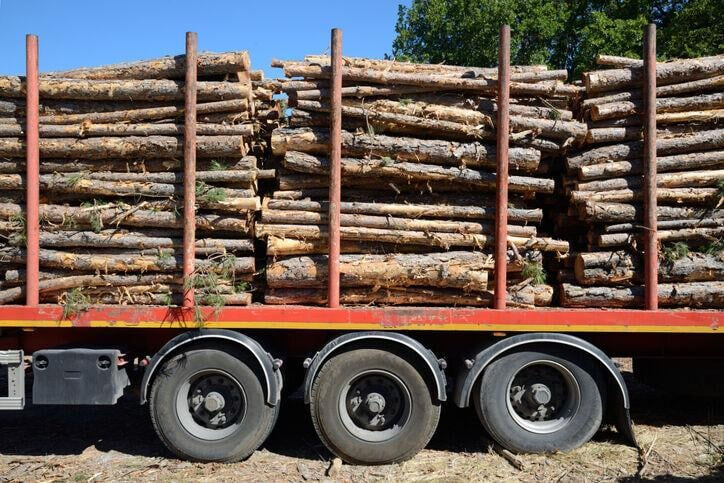North American demand for lumber is expected to decline by 7% this year, but that doesn’t mean prices will follow.
Paul Jannke, a lumber analyst with Forest Economic Advisors, said lumber prices are down from 2020-2021 peaks, but compared to historical averages they remain elevated.
“In 2023 we’re looking at a 7% decline in lumber consumption in North America, which equates to about 4 billion board feet. The bottom line is we do expect consumption to fall, but don’t expect it to be very sharp,” he said during a March 2 webinar presented by Farm Credit East.
A number of factors will keep prices from dropping too much.
Prime producers such as British Columbia and the U.S. West Coast have a tight supply of lumber available. Also, sawmills are cutting capacity and even closing, and new mills that are planned are facing difficulties getting up and running.
And then there’s housing, the main end use of lumber.
Though inflation has been declining, mortgage rates and home prices are high, resulting in a decline in homebuilder confidence, Jannke said.
A recession — Jannke predicts a mild one at the end of 2023 or early next year — could dampen demand further.
In any case, home remodeling is expected to decline as much as 5 to 8% from the early-pandemic frenzy.
“We do have a sharp decline, but we also had a very sharp increase,” Jannke said.
Lumber consumption is expected to bounce back next year, he said.
Another issue on the demand side is the lumber inventory at the dealer level.
Inventories were really low in 2022, but they came up by the end of the year and the trend has continued in 2023. At the same time, lumber prices fell off dramatically.
“High inventories means dealers have less urgency to buy wood,” Jannke said.
At the same time, North American lumber exports remain weak. Chinese demand has fallen, and it’s unlikely to improve in the near term with the country’s economy growing slowly.
While timber production has fallen in parts of North America, imports from Europe are surging, which means more competition from abroad.
“Shipments to the U.S. are very high right now, and we expect it to continue in the short term,” Jannke said.
As for pulpwood — a big market for the Northeast — Jannke said prices are high and rising sharply.
That’s because decreased timber harvesting is limiting chip availability, and demand is up for hardwood used for home heating.
Still, Jannke doesn’t expect the pulpwood price spike, which is currently at $70 per ton for hardwood and less than $50 per ton for softwood, to continue.
“We think we’re near a peak and prices are likely to fall,” he said.
In summary, Jannke expects lumber markets to slip a bit this year because of a predicted mild recession, elevated costs, weak exports and continued strong imports.
“Prices will be below where they were, but we have a lot less timber available from British Columbia and the West Coast, and that will hold prices up,” Jannke said.
